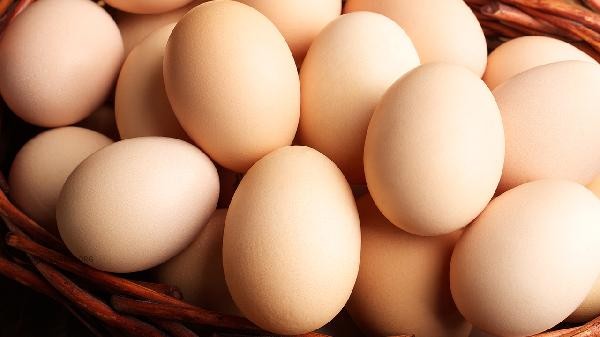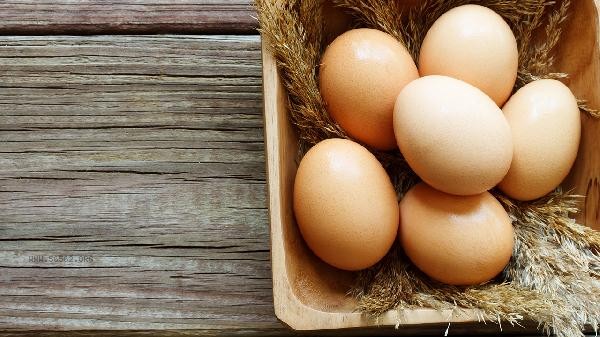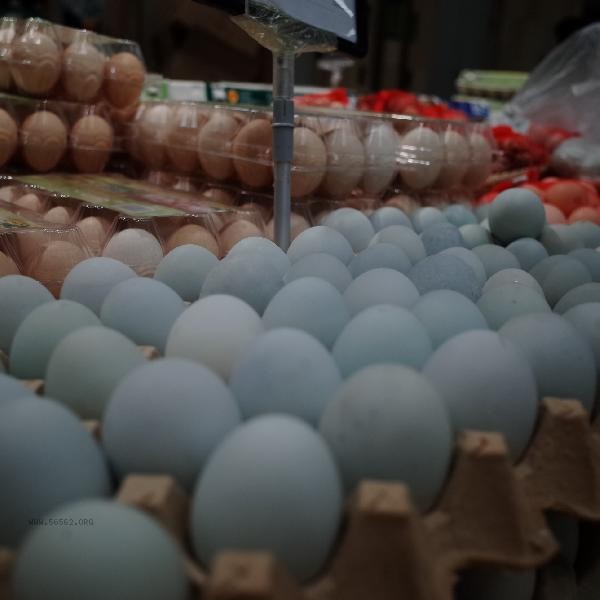The key to keeping boiled eggs unbroken lies in controlling the temperature and operating techniques. There are mainly five methods: cold water boiling, slow cooking over low heat, adding salt or vinegar, tapping the eggshell lightly, and chilling after cooking.

1. Boil eggs in cold water
Heating eggs from cold water can prevent the eggshell from cracking due to excessive temperature differences. Immerse the egg completely in cold water, with the water surface about two fingers higher than the egg. As the water temperature slowly rises, the egg white gradually solidifies to form a protective layer. Never put eggs directly into boiling water, as the thermal expansion and contraction can easily cause cracks in the eggshell.
2. Cook slowly on low heat
After the water boils, immediately turn it to low heat to maintain a slight boiling state. Intense boiling can cause the eggs to collide and break. Boil on low to medium heat for 8-10 minutes to allow the egg yolk to completely solidify. During this time, gently push the egg with a spoon to prevent it from sticking to the bottom. It is recommended to adjust the power of the induction cooker to 800 watts and keep the flame of the gas stove away from the bottom edge of the pot.
3. Add salt or vinegar
Adding half a spoonful of salt or one spoonful of white vinegar to water can increase the boiling point of water, accelerate egg white coagulation, and form a protective film. Salt can cause the egg white at the rupture site to quickly coagulate and block the cracks, while vinegar softens the calcium carbonate component of the eggshell and enhances its toughness. This method is particularly suitable for eggs that have been stored for a long time, and fresh eggs do not require additional additives.

4. Lightly tap the eggshell
Before cooking, use a needle to poke a 1mm small hole at the round end of the egg to release the pressure in the gas chamber, or use a spoon to lightly tap the eggshell to produce fine cracks. Pores can balance the pressure difference between inside and outside, and microcracks guide stress dispersion, but the operation needs to control the force to avoid damage to the egg membrane. This method has a more significant effect on boiling soft boiled eggs.
5. After cooking, chill the eggs.
After turning off the heat, immediately immerse the eggs in ice water for 3 minutes. The cold shrinkage effect makes it easier for the eggshells and proteins to separate and peel off. Rapid cooling can also stop the egg yolk from turning green due to residual heat. After being chilled, small air gaps will form inside the egg, making it less likely for the protein to peel off when peeling.

Choosing fresh eggs of uniform size can increase the success rate, and eggs stored for more than two weeks with an enlarged air chamber are more prone to damage. When cooking eggs, use a deep pot to avoid stacking, as insufficient water can cause uneven heating. If boiled eggs are not to be consumed temporarily, they can be dried and refrigerated for two days. Before consuming them again, soak them in warm water to restore their taste. Pay attention to storing eggs with their tips facing downwards in daily life, which can slow down the expansion speed of the air chamber.








Comments (0)
Leave a Comment
No comments yet
Be the first to share your thoughts!